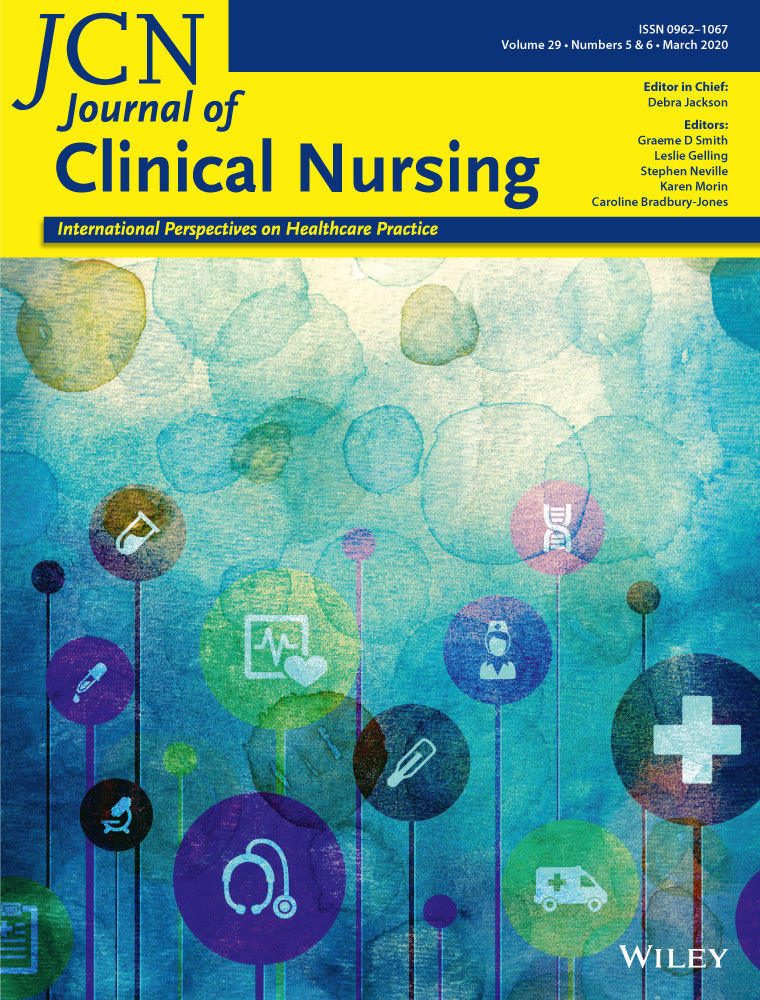Development and validation of an assessment tool for nursing workload in emergency departments
Abstract
Aims
To develop the Workload Assessment of Nurses on Emergency (WANE) tool and to test its validity and reliability to measure nursing workload in the emergency departments.
Background
Ensuring safe nursing staffing in emergency departments is a worldwide concern. There is no valid tool to measure emergency nursing workload in order to determine the needed nurse staffing in the emergency departments.
Design
A two-year, cross-sectional, multicenter study.
Methods
Workload was operationalised as the time nurses spent with nursing activities, classified into direct and indirect care. A board of experts provided content validity. Construct validity was evaluated by examining the WANE's correlations and group-discriminations patterns within the network of variables known to determine nursing workload. Reliability was assessed by the tool's ability to yield consistent results across repeated measurements. Reporting of this research adheres to STROBE guidelines.
Results
Seven emergency departments, including 3,024 patients, were involved in the first year and 18 emergency departments and 7,442 patients in the second year. Direct care time correlated positively and significantly with patient dependency on nursing care, age and length of emergency department stay and discriminated between the categories of dependency on nursing care, age and hospitalisation. Both direct and indirect care time discriminated between the emergency departments according to different patient care profiles and unit characteristics. WANE showed consistent results across measurements.
Conclusions
Results support the WANE's reliability and validity to measure emergency nursing workload. This tool could be used to determine, on patient and unit, a baseline nurse staffing and the nursing skill mix in the emergency departments. WANE is also an evidence-based management tool for benchmarking purposes.
Relevance to clinical practice
The use of an evidence-based workload tool in making staffing decisions in emergency departments is crucial to ensure safe patient care and prevent work overload in nursing staff.
CONFLICTS OF INTEREST
No conflict of interest has been declared by the authors.




